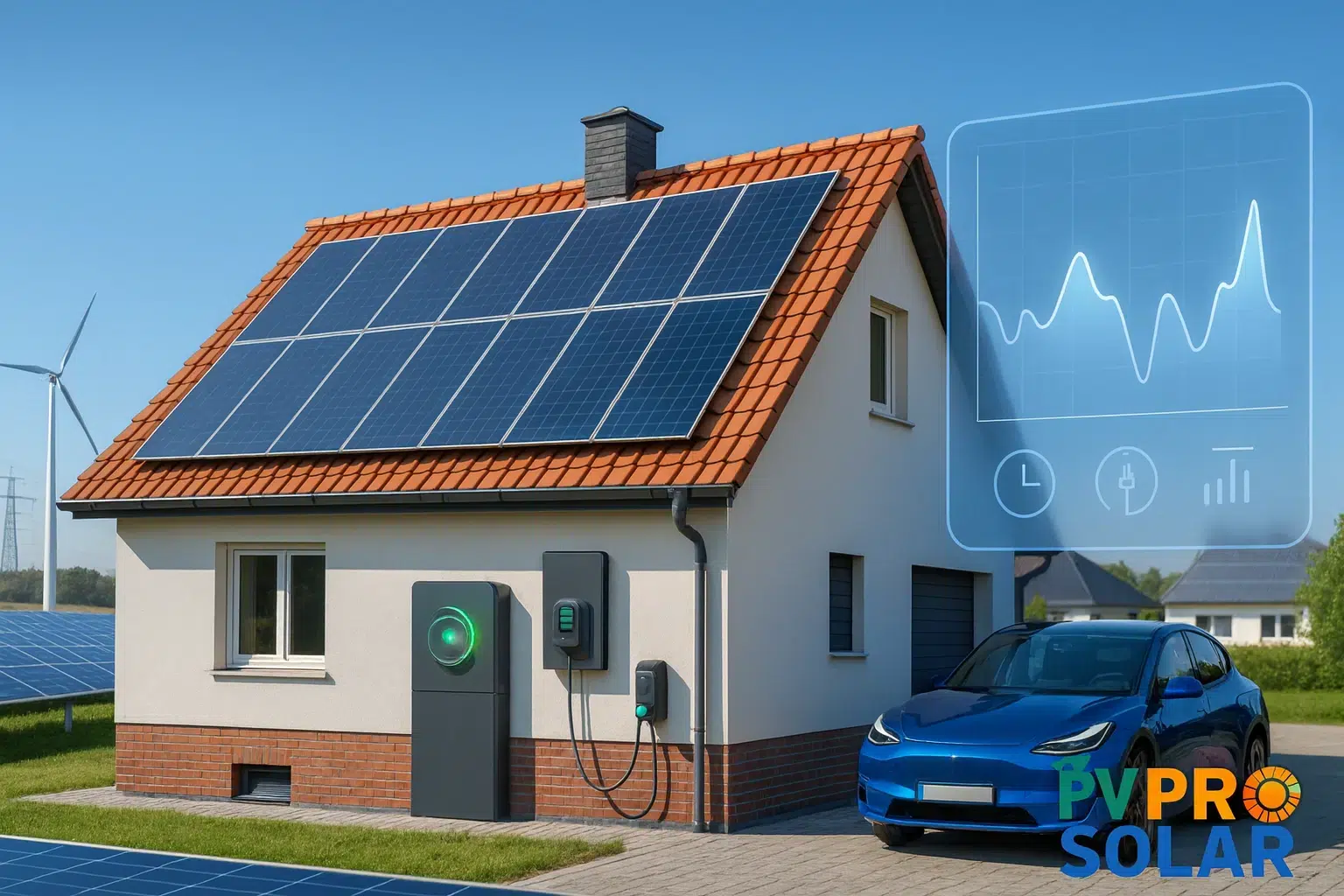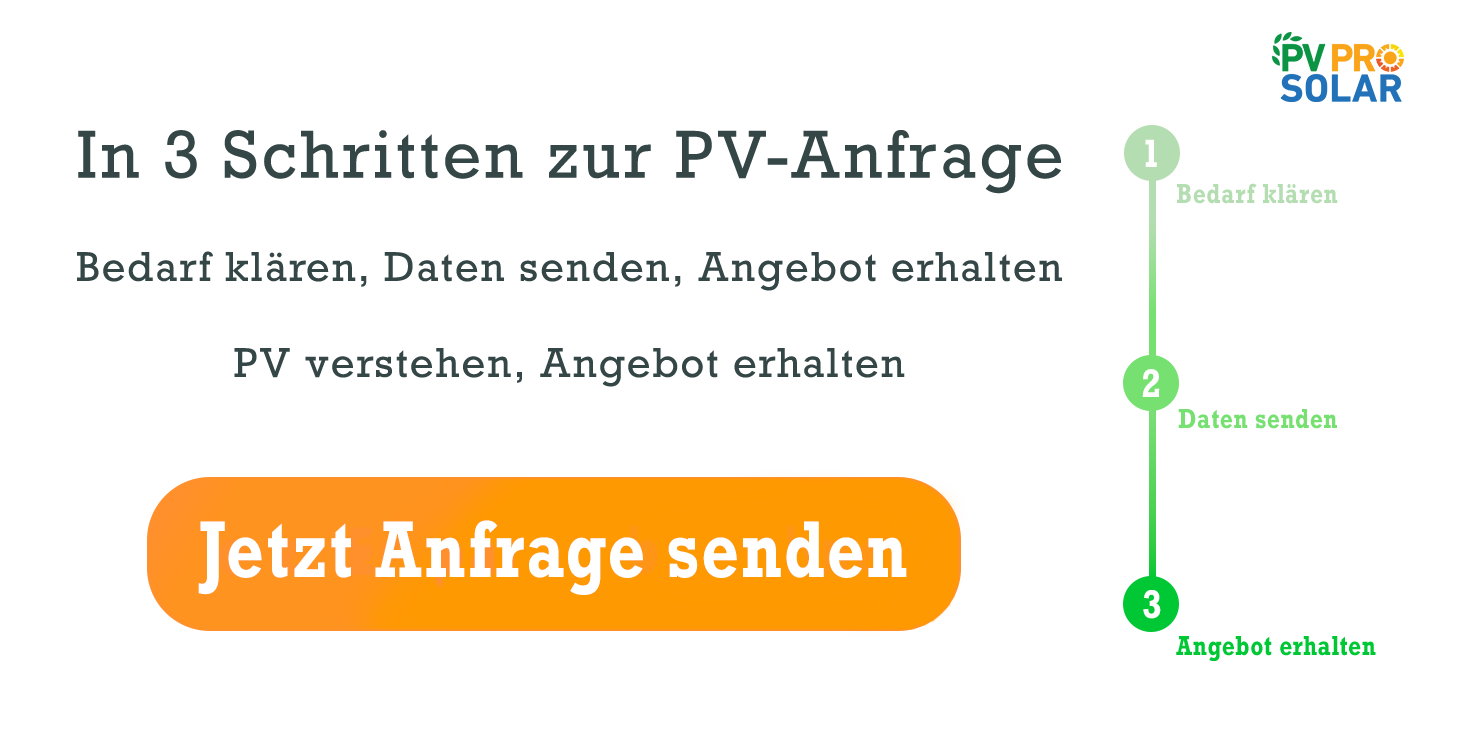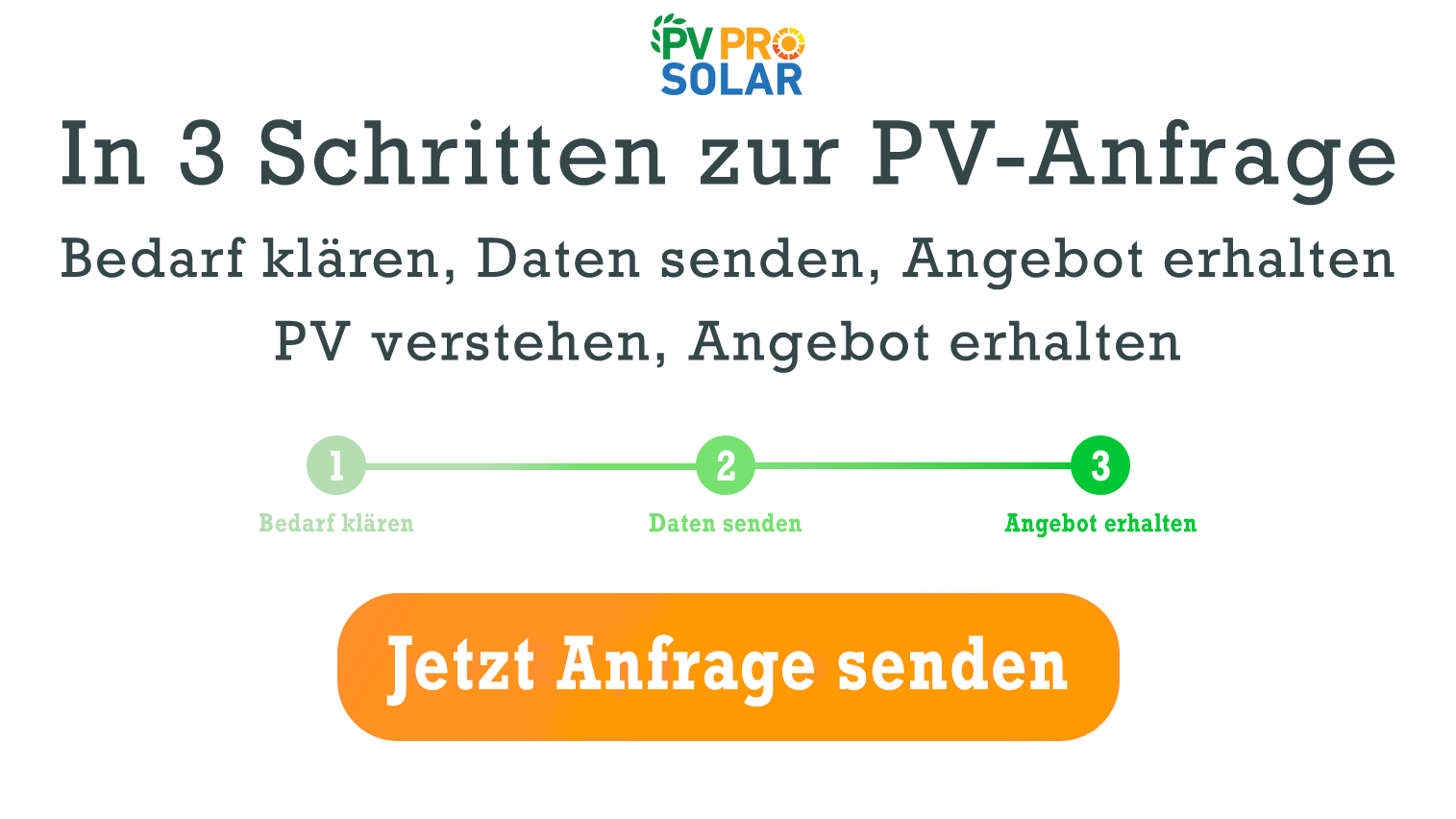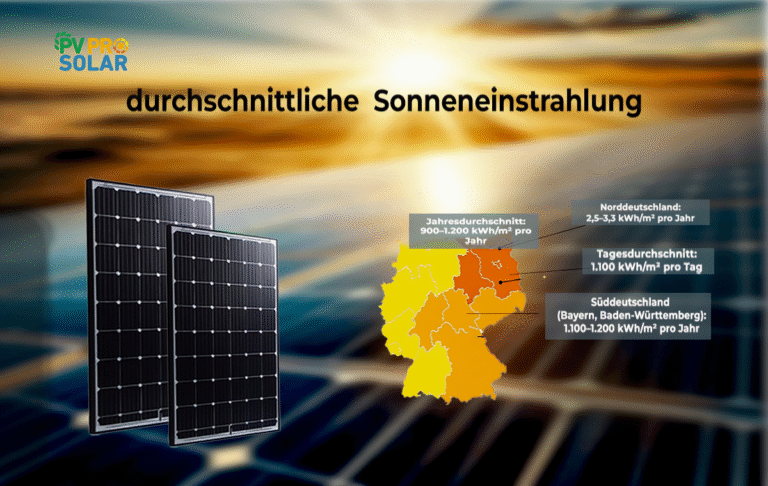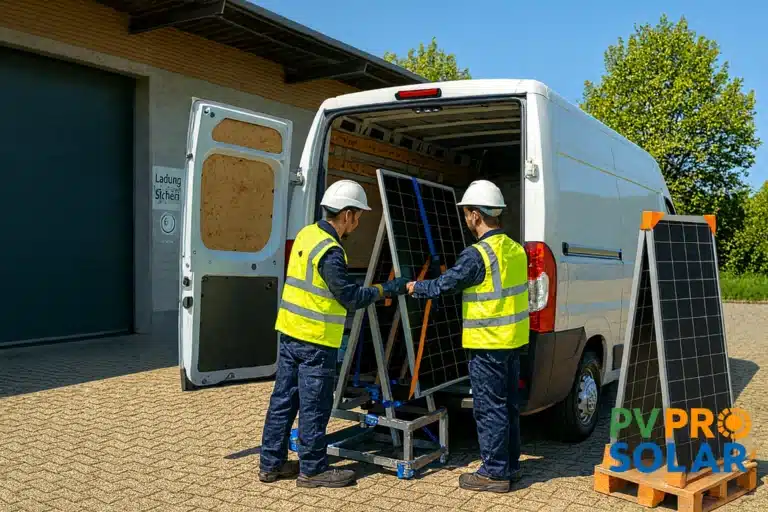What Is a Dynamic Electricity Tariff – and Why Will It Benefit Consumers in 2025?
Rising energy prices and the ongoing energy transition are reshaping Germany’s electricity market. As a result, more and more households and businesses are looking for flexible solutions to reduce costs while promoting sustainability. One such solution is the dynamic electricity tariff – a pricing model that adjusts in real time to market prices and opens up significant savings opportunities. But what exactly does that mean for consumers? In this article, you’ll learn how dynamic tariffs work, what advantages they offer, and what to keep in mind when choosing one.
How Exactly Does a Dynamic Electricity Tariff Work?
A dynamic electricity tariff is tied to the current wholesale electricity market price, which can fluctuate hourly – or even every 15 minutes. Unlike fixed-rate plans, customers under a dynamic tariff pay less when demand is low or when there is an abundance of renewable energy on the grid.
To take advantage of this model, you’ll need a digital smart meter that records and bills electricity usage in real time. This enables greater transparency and gives consumers more control over their electricity costs.
What Are the Benefits of Dynamic Tariffs for Private Households?
Households can lower their electricity bills by consciously managing when they use energy. For example, charging an electric vehicle during off-peak night hours – when electricity is particularly cheap – can result in substantial savings. The same applies to appliances like washing machines or dishwashers, which can be run during low-price periods.
In addition to financial savings, dynamic tariffs encourage more mindful energy consumption, leading to long-term efficiency and increased sustainability. Many providers already combine these tariffs with green electricity sourced from wind and solar energy.
What Opportunities Do Dynamic Tariffs Offer for Businesses?
For businesses, the potential is even greater. Production processes can be aligned with periods of low electricity prices, allowing energy-intensive industries to significantly reduce operational costs. By using dynamic tariffs, companies not only save money but also support grid stability and help integrate renewable energy sources.
Some energy suppliers even offer specialized business solutions, tailored to specific industries and consumption profiles.
What Are the Risks and Challenges of Dynamic Electricity Tariffs?
Despite the advantages, there are also some risks to consider. Customers need to be willing and able to actively manage their electricity usage. Those who use most of their electricity during peak-price periods might actually end up paying more.
Another requirement is the installation of a smart meter, which may involve additional costs. Price fluctuations can also cause uncertainty. That’s why it’s essential to analyze your own consumption habits to determine whether a dynamic tariff is a good fit for your household or business.
How Can Consumers Benefit from Combining Dynamic Tariffs with Solar Power and Battery Storage?
Dynamic tariffs reach their full potential when combined with a photovoltaic (PV) system and an energy storage solution. Solar energy produced during the day can be stored and used later, during expensive peak hours. Conversely, any excess electricity can be fed back into the grid when market prices are high, generating additional income.
This setup not only maximizes energy self-sufficiency but also enhances economic returns. Providers like PVPro Solar GmbH offer support in designing the optimal combination of PV systems, storage units, and dynamic tariffs.
Which Providers Offer Dynamic Electricity Tariffs in Germany?
An increasing number of energy suppliers in Germany now offer dynamic tariff models. Well-known examples include Tibber, Awattar, and several municipal utilities that are introducing innovative pricing structures.
These providers differ in terms of base fees, billing intervals, and additional services such as smartphone apps or consumption analytics. It’s well worth comparing offers to find the best fit for your specific needs. Key factors include transparent pricing and user-friendly billing.
How Will the Market for Dynamic Tariffs Evolve by 2030?
Both the EU and the German government are pushing forward with digitization and the rollout of smart grids. As intelligent metering systems become standard, dynamic tariffs are expected to become mainstream in the coming years.
By 2030, flexible electricity pricing will play a crucial role in integrating renewable energy into the grid while reducing costs for consumers. Experts predict that dynamic tariffs will eventually become the norm – much like flexible data plans in today’s mobile phone market.
Who Stands to Benefit Most from a Dynamic Electricity Tariff?
Dynamic tariffs are particularly attractive for households with flexible energy usage – for instance, families with an electric vehicle, heat pump, or a home office. Businesses that can adjust loads in response to pricing signals will also see significant advantages.
However, those with limited flexibility who primarily consume electricity during peak times should do careful cost-benefit calculations. The greatest benefits are achieved when dynamic tariffs are combined with self-generation through PV systems – offering maximum independence and savings.
A dynamic electricity tariff is more than just a new pricing model – it’s a key step toward a sustainable energy future. It empowers consumers to cut costs while taking active control over their energy use. Combined with solar power and storage solutions, the benefits multiply. Those who embrace this model early and adopt smart technology like smart meters will gain a clear competitive edge and unlock the potential of the evolving energy market.
Yes. A smart metering system is required to record real-time consumption and ensure accurate billing based on market prices.
That depends on your usage habits. If you’re flexible and shift your electricity use to cheaper times, you can achieve significant savings – especially when combined with solar panels and battery storage. Do I need a smart meter to use a dynamic electricity tariff?
Can I really save money with a dynamic electricity tariff?
